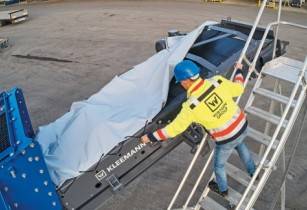The COVID-19 pandemic has set in motion the largest drop in global energy investment in history, with spending expected to plunge in every major sector this year ? from fossil fuels to renewables and efficiency, according to the International Energy Agency (IEA)
At the start of 2020, global energy investment was on track for growth of around two per cent, which would have been the largest annual rise in spending in six years. But after the COVID-19 crisis brought large swathes of the world economy to a standstill in a matter of months, global investment is now expected to plummet by 20 per cent or almost US$400bn, compared with last year, according to the IEA?s World Energy Investment 2020 report.
Power sector spending is on course to decrease by 10 per cent in 2020, with worrying signals for the development of more secure and sustainable power systems.
Renewables investment has been more resilient during the crisis than fossil fuels, but spending on rooftop solar installations by households and businesses has been strongly affected and final investment decisions in the first quarter of 2020 for new utility-scale wind and solar projects fell back to the levels of three years ago.
An expected nine per cent decline in investment in electricity networks this year compounds a large fall in 2019, and spending on important sources of power system flexibility has also stalled, with investment in natural gas plants stagnating and spending on battery storage levelling off.
?Electricity grids have been a vital underpinning of the emergency response to the health crisis ? and of economic and social activities that have been able to continue under lockdown,? said Dr Fatih Birol, the IEA?s executive director. ?These networks have to be resilient and smart to ward against future shocks but also to accommodate rising shares of wind and solar power. Today?s investment trends are clear warning signs for future electricity security.?



























